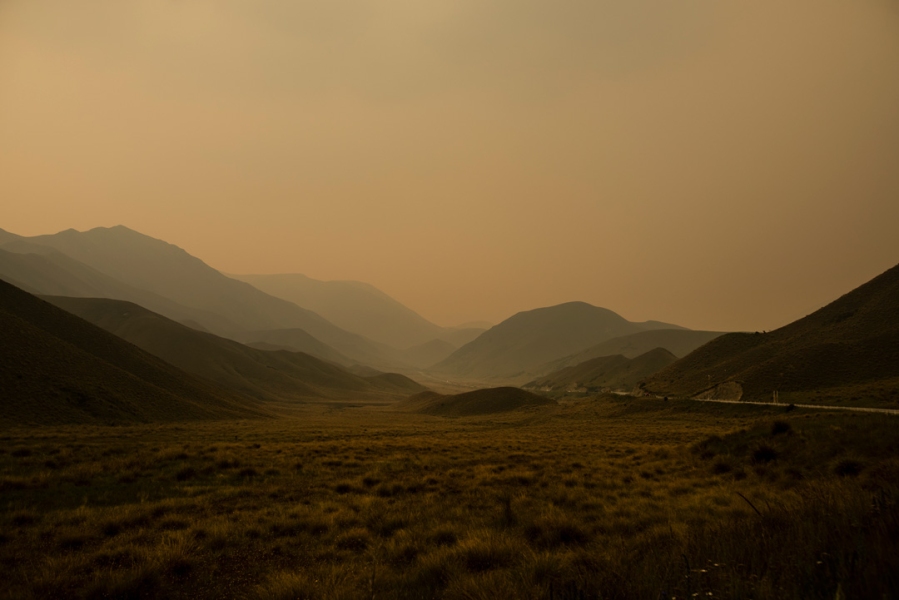A blob of smoke from the Australian bushfires is continuing to circle the globe almost four months after it formed.
Scientists around the world have been tracking the blob since it formed in December following unprecedented bushfires in Australia that covered more than 12 million hectares. Last week it was over South Africa but has stretched and thinned since it was first observed.
NIWA atmospheric scientist Dr Richard Querel says it is remarkable to be able to track a smoke plume for more than 100 days.
“The fires were so energetic they injected smoke and carbon aerosol into the stratosphere which have since risen to about 35km above the earth."
“This soot absorbed sunlight, heating the smoke cloud as it rose and crossed the Pacific. When it reached South America, the blob continued to rise until it entered into the Westerlies and started heading back across the Pacific.”
It was one of the largest plumes of smoke observed by satellites that high in the stratosphere. At its height Dr Querel said the main bulk of the plume was about five kilometres high and hundreds of kilometres wide.
Dr Querel and his colleagues at NIWA’s atmospheric research station at Lauder, Central Otago, were among many scientists across the globe who tracked the blob’s progress, launching ozonesondes in February to take measurements that showed unprecedented stratospheric ozone loss in the smoke cloud.
The blob has now been around the globe a few times with the remnants now over South America.
The bushfires also caused a spike in carbon monoxide readings earlier in the year and last month NIWA scientists documented ash deposits on the South Island glaciers originating from the Australian fires.
Dr Querel said the carbon monoxide in the stratosphere will have converted to carbon dioxide over a few weeks but would not be significant for the climate.
“The important thing about these carbon monoxide readings is that they show just how large these fires were.”
Related news:
- Scientists to check out ash on New Zealand glaciers
- Unprecedented carbon monoxide readings measured in Central Otago


